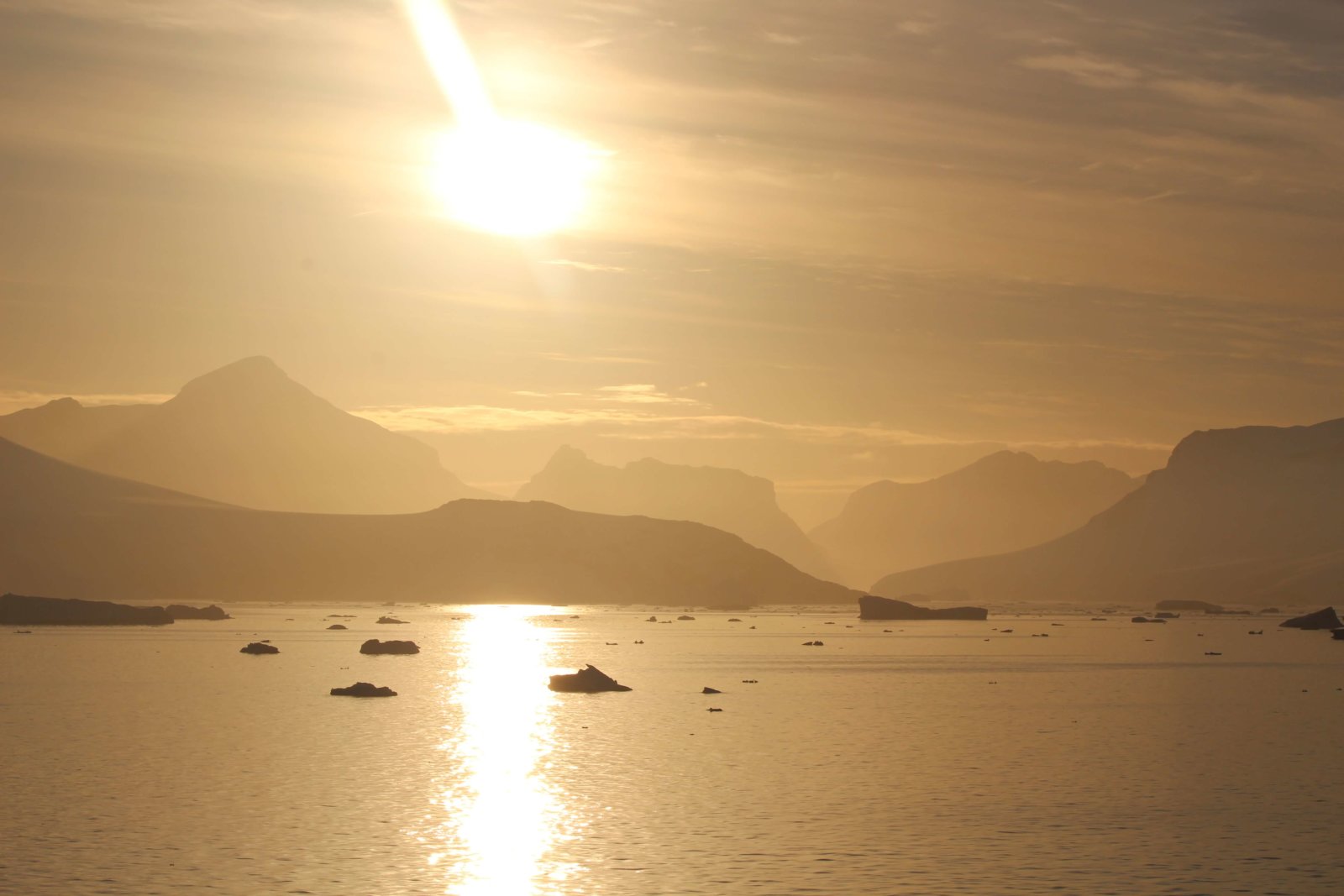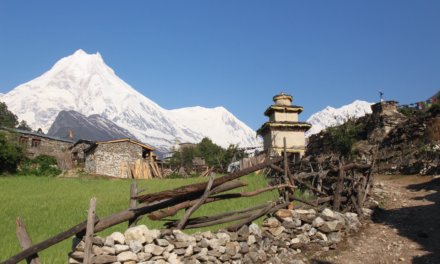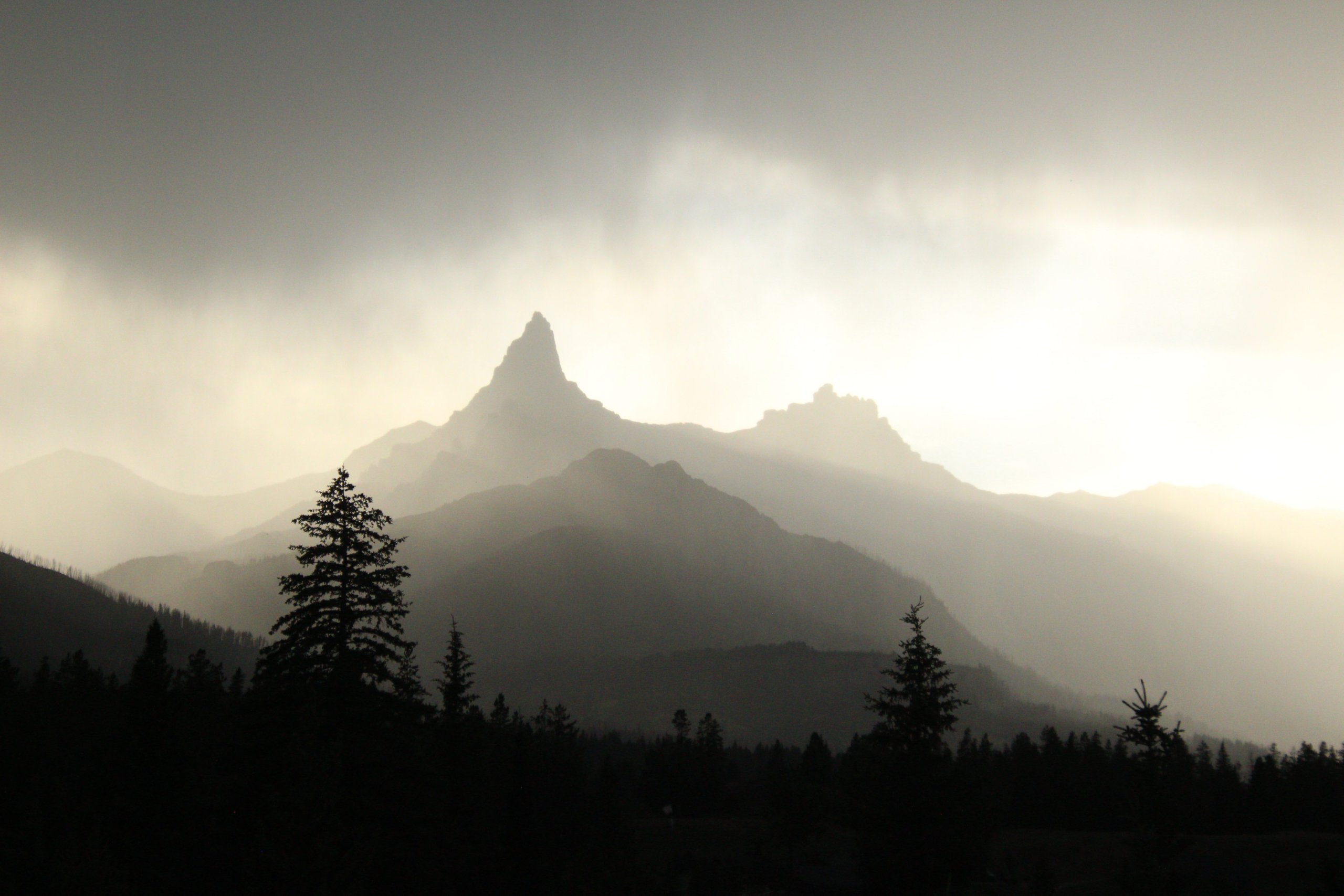Outside I saw nothing but churning water and oppressive skies. The late afternoon rainfall slowly increased until a steady stream of water poured down. Two days had come and gone since boarding Le Lyrial back in Ushuaia, Argentina, and not one moment passed without some reminder of our desolation. Wildlife consisted of, if lucky, a lone bird flying behind the ship. Our surroundings simply meant water, endless, extending as far as the eye could see.
As I sat, staring out into the beyond, I pictured myself as Shackleton or Scott, two of Antarctica’s most famous explorers, sailing completely unknown seas toward a piece of land unexplored. The creaks and groans of their wooden vessels rang in my ears. Rubbing my scopolamine patch, I imagined the seasickness suffered onboard. I couldn’t help but feel the anticipation and excitement of their, and my, awaiting adventure. From a berth far more luxurious than those of these early pioneers, our ship pushed onward, my mind left to wonder and hope that this journey would somehow embody the expeditions of those who’d come before me.

I’d waited years, and incessantly begged, for this trip. For Christmas, my birthday, any excuse I could, I’d asked. Since watching a video of penguins in 2005, I knew that Antarctica was a place I needed to see. While I’d instantly fallen in love with the tuxedoed birds, I had a deeper feeling that the continent embodied much more. I felt drawn to Antarctica in a way I’d never felt about a destination.
I read books. I listened to talks about global warming. I watched television specials. Yet, I also understood Antarctica to be a place unknowable simply through research. To truly understand the essence of this frozen land, I knew I had to set foot on the continent, to see the landscape, to be amongst the wildlife. I wasn’t quite sure what awaited or why I felt so entirely drawn to it, but I knew undoubtedly, like those who’d already ventured, it would be worth the journey.

The following morning, I sat aboard a rubber zodiac, zooming toward shore and toward my first encounter with the continent. Drawing closer to Port Charcot, a large hilltop cairn came into view, and with it, the history of its existence floated into my thoughts. The heroic age of Antarctic exploration, when men from around the world set out to conquer and study the land. I instantly gravitated toward these purposefully placed stones, not just for the exercise but also for the stories they inevitably held.
Visit Intrepid Times to discover the full story, and to read about the ways in which this trip reflected the explorations of years past.





